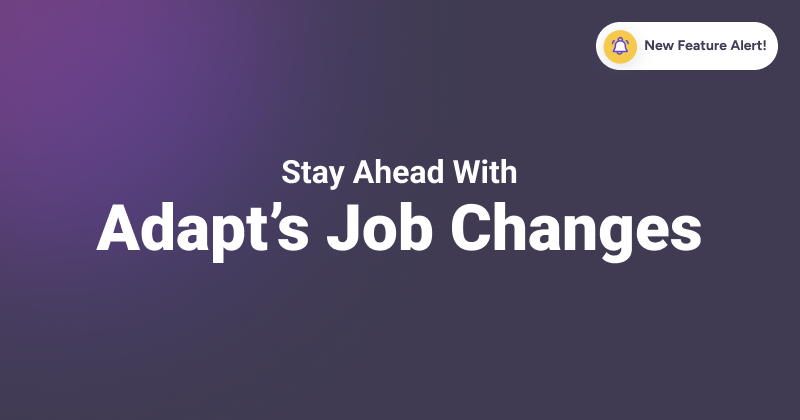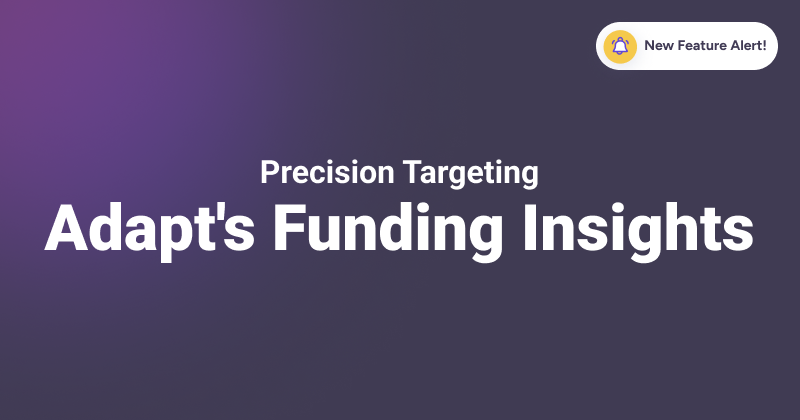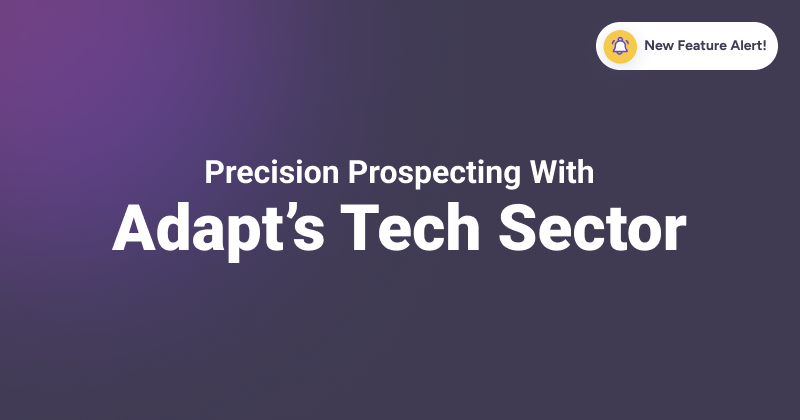In the era of Metaverse, social media, and e-commerce, email marketing is still one of the most effective and reliable methods of lead generation. In fact,email marketing has been proven to be 40 times more effective than social media in generating new leads and business opportunities. Email campaigns are a great way to reach prospects and convert them into paying customers.
The success of email lead generation hinges on creating an impactful strategy. In this article, let’s explore what makes an email marketing lead generation strategy effective. We will discuss the importance of segmentation to target potential customers with relevant messages and provide tips on crafting an email marketing strategy for your business.
What is Email Marketing Lead Generation?
Email marketing lead generation is an effective way to find leads for your business by connecting with potential customers. You can nurture these leads along the buyer’s journey. It helps build relationships with customers, gain valuable insights about their needs, and ultimately increases sales.
Though the primary goal is to compile pertinent information about prospects, such as names, phone numbers, and email addresses, having the right strategy in place can be a game-changer.

Two main types of email marketing for lead generation are:
1. Inbound Email Lead Generation
Creating content and strategies that draw website visitors and turn them into leads with email marketing is known as inbound lead generation. You can respond to emails triggered by sign-ups, website visits, downloads, or other actions taken on your website with personalized emails. These emails aim to create awareness and build relationships with these leads over time.
2. Outbound Email Lead Generation
Outbound email lead generation requires actively targeting prospects through cold emails or follow-up messages after a webinar, event, or demo. These emails should be tailored based on the target audience’s interests and current needs to ensure it resonates with them.
Remember, you do not already have their permission or any indication of interest in your product, so the messaging must be subtle yet compelling.
Why Boost Email Lead Generation?
Beyond lead generation, email marketing is a great way to build trust with prospects, create brand awareness, and even increase sales. Additionally, email campaigns are inexpensive compared to other forms of marketing, making them a sustainable solution.
Email marketing for lead generation offers the following five benefits:
- Engage with your target audience: Emails offer greater visibility as they are available in the prospect’s inbox for longer. Unlike social media posts or PPC ads and podcast ads, they allow your audience to engage at their convenience.
- Strengthen relationships: A well-crafted email campaign lets you regularly stay in touch with prospects and customers. It will help you build relationships, trust, and loyalty over time.
- Measure your efforts: Data gathered from the email marketing lead generation campaigns, such as open rates, delivery rates, subscriber retention rates, engaging time, and various other email marketing KPIs, can help to identify the campaign’s success. You can then adjust your strategies in real-time to maximize results.
- Build your brand: Integrating your brand into your email marketing campaigns is easy and boosts brand awareness among your customers. Consistent content delivery with well-placed brand attributes like colors, logo design, and images leaves a lasting impression on the reader’s mind.
11 Strategies for Email Marketing Lead Generation
Email marketing for lead generation provides an effective and efficient way to reach your prospects with relevant content. Having a well-defined strategy can increase conversion rates significantly.
Here are 11 strategies to ensure your email marketing efforts resonate with your target audience and generate desired outcomes:
1. Use customer segmentation
People are not motivated to even open identical, cookie-cutter emails. You must not expect them to read and engage with such emails.
However, customer segmentation helps you generate actual results. Deliver targeted content into your prospect’s mailbox. It must be based on client behavior, funnel position, and purchase history.

Segmenting your audience can make your email communication more valuable to them. Higher open rates, clicks, responses, and sales are possible with segmentation.
You can segment prospects based on the following:
- Demographics (gender, age, geography)
- Purchase history (preferred products, number of purchases, duration of purchase)
- Brand loyalty (new leads, longtime customers, VIPs)
- Email interactions (customers who click on your emails vs. those who do not open them)
2. Deliver value
Tailoring content to each individual’s specific interests, preferences, and needs will help you deliver more value to your reader. You can also use highly targeted offers and promotions for prospects as they move down the funnel to boost conversion.
Remember, people are busy and will not spend time on anything that does not add knowledge, inform, or entertain them. Therefore, make improving your customers’ lives a top priority. Understand their objectives, be aware of their pain points, and become familiar with any questions they might have.
Create emails with a purpose that directly addresses the recipient’s urgent needs. To avoid overwhelming people with too much information at once, address longer or deeper topics throughout several emails.
3. Adopt the cliff-hanger technique
A prospect is likelier to open the following email if an earlier message leaves them hanging or craving more information. Use the “cliffhanger” technique to achieve this effect.
Cliffhanger emails are personalized, practical, and concise while adhering to the same best practices as regular sales emails. However, they leave a promise that there will be more or provide a sneak peek of the upcoming email.
For instance, “In my next email, I’ll share my team’s strategy to double our bookings in six months.”
Or

4. Integrate your social media channels
Include a link to your social media accounts in every email you send. It allows customers to connect with you on their own terms and allows them to ask questions they may have. It also helps drive traffic to your website or blog, which can be used as an effective lead-generation strategy.
Remember, along with the content of your emails, you must be able to leverage other channels like social media to support your message. By including links to your various accounts, prospects can more easily verify your claims with social proof. Add a sign-up button and opt-in form to your Facebook page to give people more opportunities to join your list.

5. Hyperpersonalize
Hyper-personalization should be one of your first steps when trying to increase the response rate of your email lead-generation campaigns. Your emails must have data-driven insights.
Knowing your prospects well allows you to tailor your messages and send relevant offers they are likely to respond to.
6. Prioritize mobile centricity
According to a study, the number of people accessing emails from their mobile devices has increased to 41.6% in the past few years. Thus, optimizing your email campaigns for mobile viewing is essential for success.

Your emails should be responsive and display perfectly on any device, so test them across different platforms before sending them out. Additionally, use more visually engaging content, such as images and videos, instead of large chunks of text. It should be easy to read on mobile devices.
7. Send it right
While building an email marketing lead generation strategy, the key challenge is picking the right time and frequency to send emails. While appropriate timing and the right number of emails are significant, there is no thumb rule for both. It differs depending on the audience and the type of business.
Some believe Tuesday is ideal, and others believe the best day to send emails is Thursday. It is not always a good idea to follow statistics blindly. Instead, pay attention to your target audience. Understanding customer behavior, preferences, choices, and habits can help you choose the best time to launch your email campaigns.
8. Cut the clutter
Your email layout is crucial for lead generation, as customers are already bombarded with much information. Emails must be clear and brief to minimize distraction. Too many elements can fade your message. Here are some guidelines to remember when creating your emails:
- Keep the language simple
- Use plain fonts that are easy to read
- Pick a template with a neat, straightforward design
- Format the email to ensure it is well-spaced and highlight critical information
9. Grab their attention
By 2025, an estimated 376.4 billion emails will be exchanged daily across the globe. Amidst the rising numbers, grabbing a spot in your intended receiver’s inbox is tough. Even if your email lands in their inbox, the chances of it being opened and read are bleak. So you need to put in extra effort to capture their attention.

The appropriate subject line is often the difference between an opened and unopened email. Keep it concise but informative, letting the recipient know what they can expect to see if they open the email. Experiment with different tones like clever, funny, or witty to pique the person’s interest.

Visuals help to convey your message creatively and engagingly. With visual content like images or GIFs, you can quickly draw attention to critical parts of your email. Videos encourage engagement and make the messages more memorable by providing more context than plain text.
10. Focus on the CTA
he main goal of your lead generation email is to persuade recipients to take action that moves them down your lead generation funnel. However, you should never assume that your audience knows the next steps and will do the needful.
Your email must contain a distinct call to action (CTA) guiding the reader to the next step. Make your CTA difficult to ignore. It must motivate the reader to take action. An effective
CTA:
- Encourages a sense of urgency
- Inspires readers to take action
- Clarifies everything

The appropriate subject line is often the difference between an opened and unopened email. Keep it concise but informative, letting the recipient know what they can expect to see if they open the email. Experiment with different tones like clever, funny, or witty to pique the person’s interest.
Visuals help to convey your message creatively and engagingly. With visual content like images or GIFs, you can quickly draw attention to critical parts of your email. Videos encourage engagement and make the messages more memorable by providing more context than plain text.
11. Automate responses
Your email marketing lead generation strategy must include automation. It ensures emails are delivered at the right time and responded to quickly. Email automation can also track leads and monitor customer engagement with your content.
As a best practice, avoid using no-reply email ids. Instead, use email automation to segregate responses and send auto-replies. It gives the impression that you will not respond to their questions or complaints. Additionally, your subscribers won’t trust such emails and are likely to mark them as spam.
Automation features that enable you to send bulk or mass emails can scale your efforts and results. You can send personalized, automated emails to improve the performance of lead-generation campaigns.
Takeaways
Email marketing for lead generation is a critical component of every organization’s digital marketing toolkit. It helps to build relationships with customers and prospects, boosts customer loyalty, and generates leads.
A well-thought email marketing strategy helps you reach your target audience at the right time. Automation features help with email segmentation and sending out personalized messages at scale. In addition, it empowers you to track leads and monitor customer engagement with your content, allowing you to improve your strategy.


